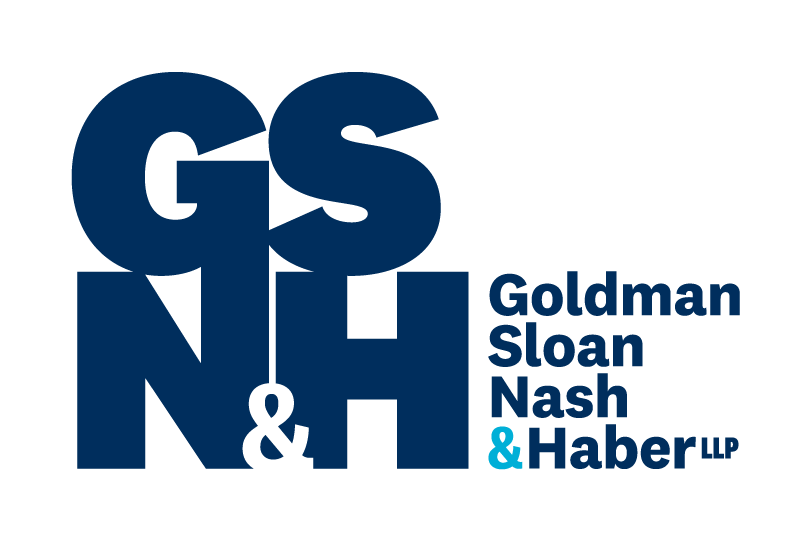The America Invents Act:Almost invariably, Canadian inventors choose the United States as a key market for securing patent protection. Canadian inventors now contemplating a patent filing in the United States should be aware of the changes made to U.S patent law through the introduction of the Smith-Leahy America Invents Act, which was signed into law on September 16, 2011. There are key changes about to come into force over and above those which were implemented in September 2012 and immediately with the passing of the legislation.
The most significant change to be implemented is the move from a ‘first-to-invent’ system to a ‘first-to-file’ system. Currently, if one party already filed an application for the same invention as a second party, the second party can still come around and oust the first inventor, by proving that the second party was the first one to invent the technology in question. Under the new regime which will come into effect on March 16, 2013, the patent office will honour the first application to be filed, regardless of who was the first to invent. This change brings U.S. law into line with most patent systems throughout the world, including Canada. As with many important legislative enactments, the America Invents Act is not without its skeptics who say that this change favours larger companies who typically have a bigger R&D budget to get to the filing stage more quickly. Under the first to file system, it will be all the more important for emerging companies, engaging in R&D, to have a well-defined and committed focus.
There will be some “exceptions” to the first-to-file rule. For example, there will still be a one year grace period allowing the inventor to disclose the invention and file a patent within one year of that disclosure. Consequently, a scenario can arise in which inventor A is the first to invent and the first to file, but is not granted the patent. If inventor B, who independently invented the same technology, had published the invention before inventor A filed an application for patent, and then Inventor B filed an application within the one year grace period, inventor B would be entitled to the patent.
Another important change that will affect patent applications filed after March 16, 2013, is the introduction of a Post-Grant Review (PGR) process which will give third parties an opportunity to request a review of any newly issued U.S. patent within 9 months of its grant date. Currently, there is a review process for challenging issued patents, but the new PGR will allow the challenge to be mounted based on a broader range of grounds including lack of novelty, obviousness, written description, enablement, double-patentingand indefiniteness. This broader system for challenging patents will likely encourage a rise in post-grant reviews of patents.
A further important change to be implemented on March 16, 2013, relates to the type of prior invention disclosures (prior art) that can be relied upon to invalidate a patent application before or after grant. Currently, a prior sale, commercial use, or public disclosure must be domestic (within the USA) in order to be considered prior art. Such sale, use or disclosure in a foreign country, unless also published in a publication, patent or patent application, would not be considered prior art. The new law will extend the scope of prior art to include just about any publicly available subject matter worldwide.
The changes to be implemented in just over a month’s time can potentially have a dramatic effect on a bid to obtain patent protection in the USA, and inventors should seek advice to avert any adverse impact of these substantial changes. For example, inventors might be advised to file before these changes come into effect.
Practical implications of this legislation for inventors will be canvassed in Part II of this two-part report.
